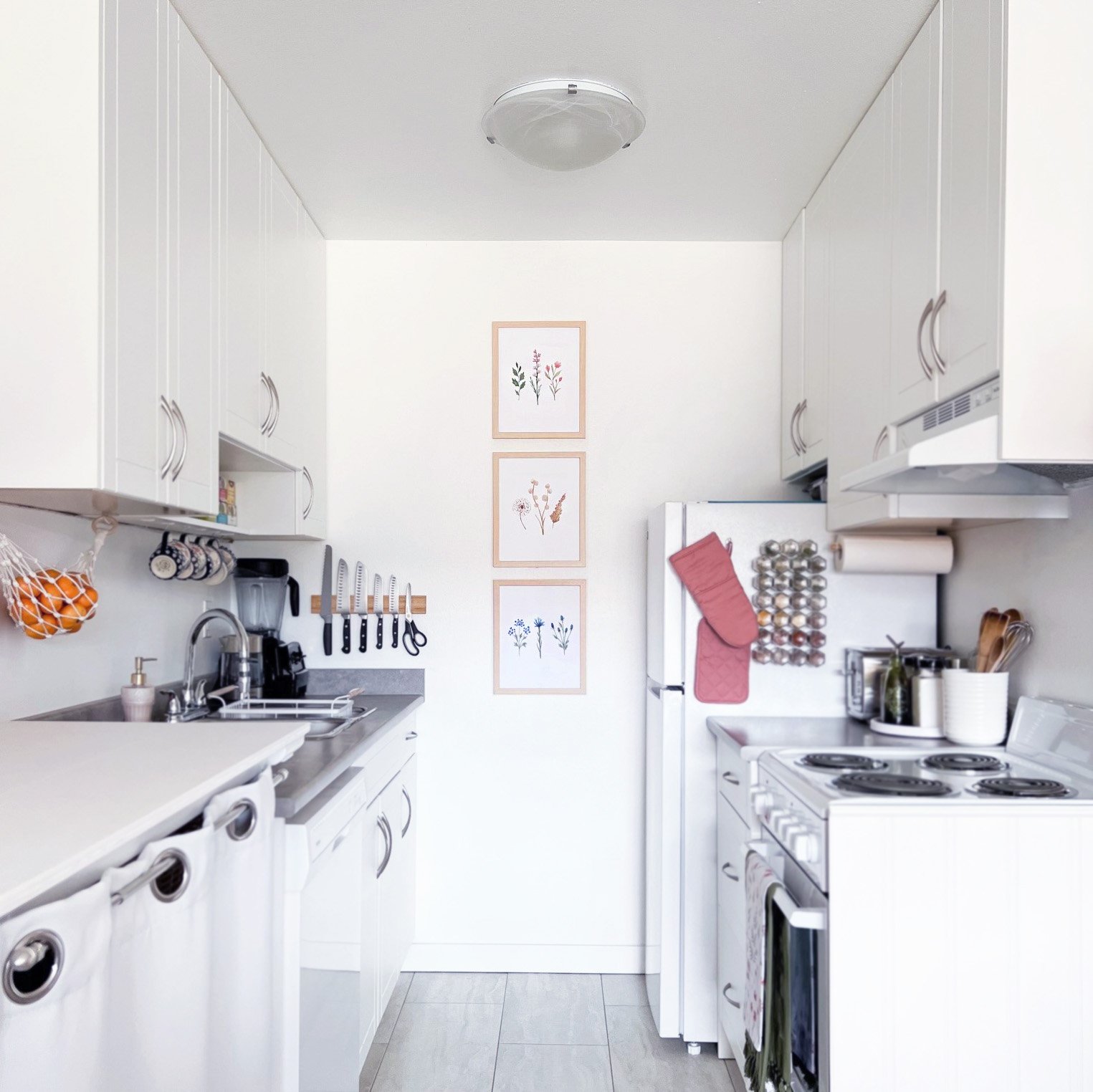5 Types of Beautiful Wood Wall Treatments
Wainscoting is a beautiful addition to any room. It can even be purchased in kits from retailers like Wayfair.
Wood wall treatments are one of the easiest ways to elevate and customize any room in your home. But have you ever wondered what the difference is between beadboard, board and batten, shiplap, panel moulding (aka picture moulding or box frame moulding), and wainscoting!? In this post we’re looking at the five most popular wood wall treatments to help you decide which one(s) you’d love to use in your home!
Beadboard
Beadboard is so versatile, and can even makes a gorgeous alternative backsplash as shown in this kitchen by deVOL.
According to architect Patrick Ahearn, “Beadboard was originally made of evenly-spaced, wooden tongue and groove planks that interlocked with ridges or ‘beads’ between each one.” These days, it typically comes in premade panels, but the characteristic “beads” are still routed between each “board”.
Beadboard is commonly used as the panelling in wainscoting (as shown in the first image), but it can also be installed as full-height wall panels, up on the ceiling, or even as a kitchen backsplash. (Just be sure to use a higher-gloss, wipeable paint if you’re using it in the kitchen!)
Board and Batten
This lovely entryway by House of Seven showcases floor-to-ceiling board and batten.
Historically used as an exterior siding technique, board and batten has long since been adopted as an interior wall treatment. Vertical boards are mounted to the wall to provide a smooth, raised surface, then narrow battens (strips of wood) are applied to cover the seams. Horizontal battens can also be added for interest, though the predominant style is vertical.
For a budget DIY approach, you can skip the boards, then simply mount evenly-spaced battens to your painted wall. With either method, you can take the treatment all the way up to the ceiling, or cap it partway up with a horizontal trim piece or picture ledge!
Shiplap
Not just for farmhouses, shiplap works beautifully with a mix of styles like in this home office by Studio McGee.
Shiplap was a construction method originally used in ship building. Boards were fitted together using rabbet joints to form a water-tight seal, a method that was later used in home building to create weather-tight interior sheathing.
A precursor to drywall, shiplap was a rough substrate meant to be covered by other materials such as fabric or wallpaper. It rose to stardom in the 2010s when Joanna Gaines began exposing it in the home improvement show Fixer Upper.
Though it’s often associated with a farmhouse design style, shiplap (aka “interior wood cladding” or “tongue and groove” [TnG]) has been around for ages! It’s a classic and timeless finish, and can applied vertically or horizontally in many types of homes. Try adding it to your ceiling for extra character and interest.
Panel Moulding
Picture frame moulding is yet another classic and timeless look, as featured in this living room by Jaci Daily.
Panel moulding (aka picture frame moulding or box frame moulding) is characterized by a series of rectangular frames repeated along the wall(s). The size and number of frames you install will vary based your personal preferences, the size of your wall(s), the number of doors/windows to work around, any pieces of art you want to accommodate, etc.
This is the most custom, math intensive, and labour intensive moulding style on this list, but the results are stunning! Try painting the moulding the same colour as your wall for a subtle, elegant look, or consider adding wallpaper inside the frame for a bolder approach.
Wainscoting
Board and batten wainscoting adds a bold focal point in this bedroom by Making Pretty Spaces.
Originally used to protect interior walls and improve insulation, wainscoting is any type of wood treatment that covers the lower one- to two-thirds of the wall. Panelling is installed on top of the baseboard, then topped with a wainscot cap, chair rail, or picture ledge.
The panelling can be in any of the styles mentioned in this list — the defining feature of wainscoting is that it’s only installed on the lower portion of the walls. Wainscoting also presents a great opportunity to experiment with colour — try painting your panelling a bolder colour from your palette, or add an accent colour to the upper portion of your walls and ceiling.
So there you have it folks! I hope this round-up of wooden wall treatments gives you some inspiration for your home. Using any of these methods, even on just one wall of a room, is one of the easiest and most impactful ways to elevate your space!


















Front doors are meant to be colourful! See how a pretty coral front door breathes new life into this historical lake-front cottage.